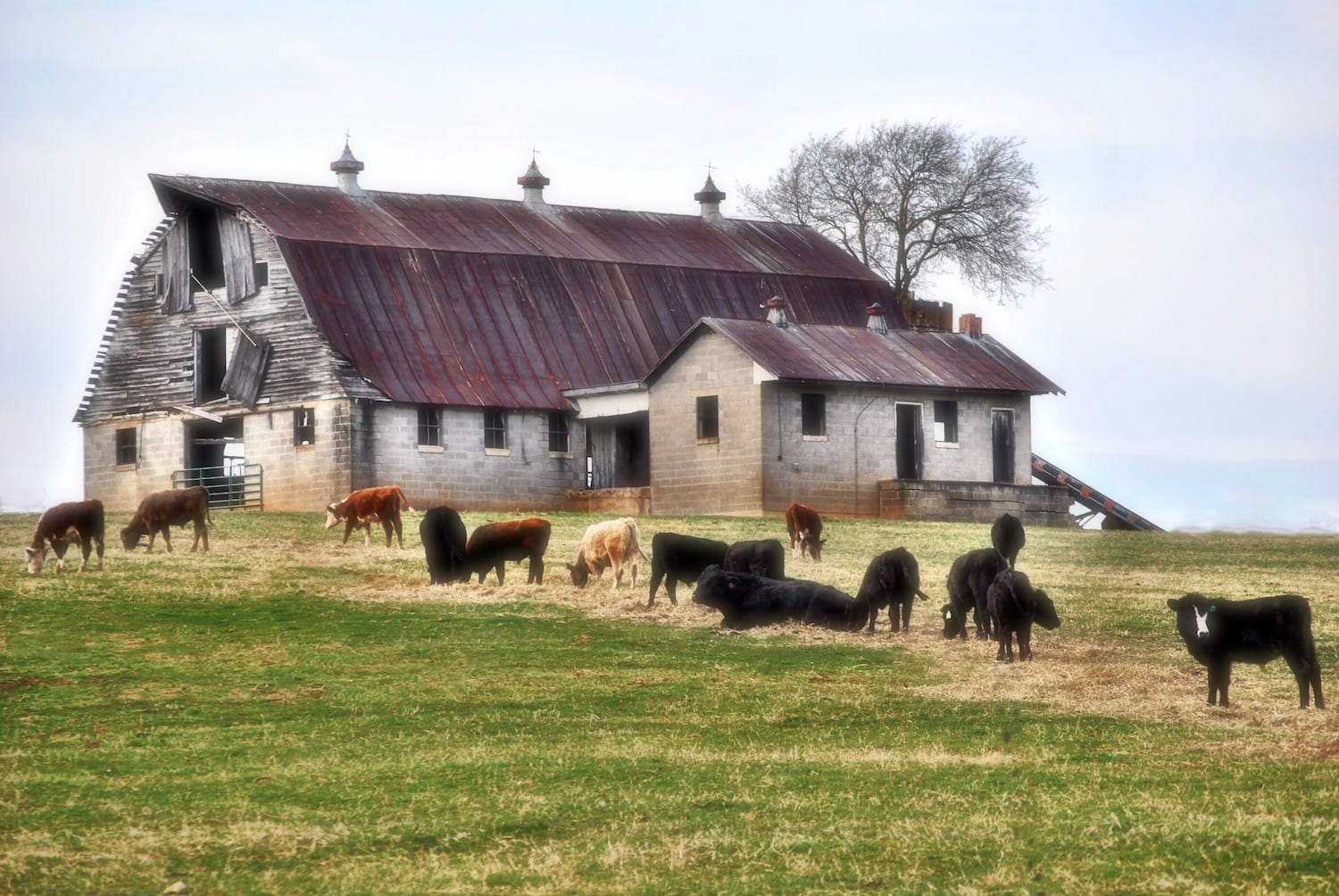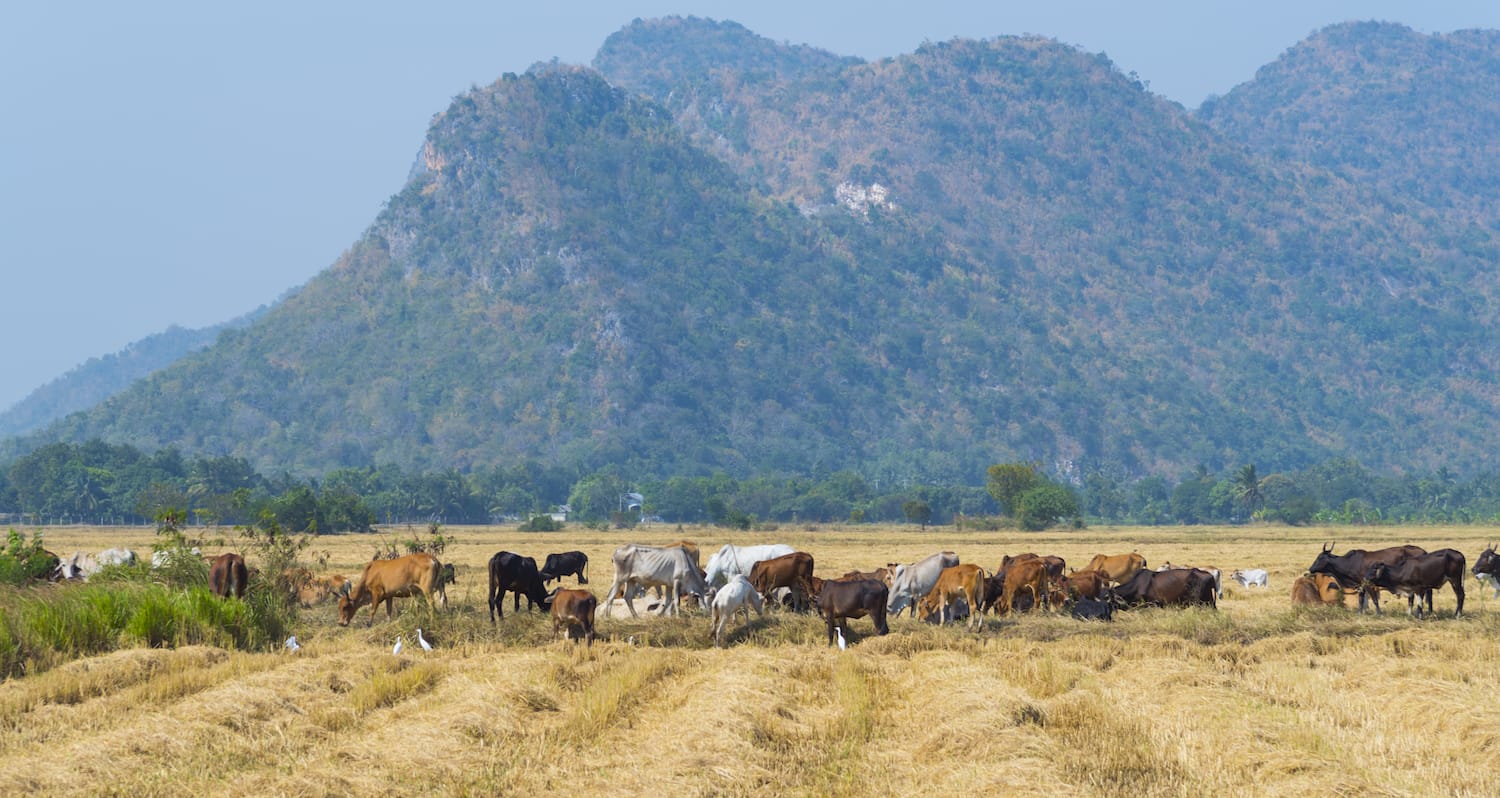Article Summary:
To improve the persistence of your pasture, use best ryegrass management practices and regulate the residual height during dry periods. The reasons for critical ryegrass management strategies under dry weather are discussed in this article.
- Essential considerations for managing grazing residuals in dry conditions
- Perennial ryegrass pasture drying out in the summer
- Irrigation and grazing management
- In the autumn, we'll begin again
1. Essential considerations for managing grazing residuals in dry conditions:
- If feasible, avoid overgrazing and keep post-grazing residuals at 4–6 cm. In drier conditions, cows graze below this level, so grazing must be limited. For example, grazing to a depth of 2 cm will result in a considerable reduction in yield in subsequent rotations.
- Attempt to keep some green material (e.g., green stems, pseudostems) throughout the dry seasons since this will aid survival and renewal. In addition, maintaining residuals at 4–6 cm promotes a more beneficial microenvironment at the soil surface than grazing below this level.
- The microclimate can aid in retaining soil moisture near the surface and protect from severe soil surface temperatures.
When the rainfall and temperature are insufficient to promote pasture development, achieving these goals is considerably difficult on dairy farms with high stocking rates.
To avoid overgrazing, you'll need a strategy or plan in place.
In essence, the method for managing residuals in dry weather is similar to that used to avoid pugging during winter waterlogging.
The plan is to confine the cows to a small area (a sacrifice paddock or a feed pad) where they can be fed and graze only the paddocks with 2.5 to 3 leaves of pasture.
Paddocks ideal for sacrifice should have the following features:
- Easy access to water for the animals
- Plenty of shade
- Proximity to the dairy or supplementary feed source
- Has previously been identified as a candidate for renovation.

The cows will be less hungry when entering a new strip of grass if they have been fed in the sacrifice area or feed pad, making it easier to moderate the grazing intensity and leaving a residual near the target.
To assign pasture more precisely and attain the target residuals, a reasonable estimate of pasture pre-grazing cover and knowledge of paddock size are also required.
When the first substantial rainfall event arrives, the pasture sward will be in a much better position to recover from the dry season due to this management. However, paddocks may need to be rested for an extended period as a result of this.
Creating a feed budget will aid in calculating and planning how much feed the herd will require in the coming months.
The back of the envelope feed budget information sheet and feed budgeting calculator from Dairy Australia or DairyNZ help determine feed requirements for the herd.
Alternatively, you can look to using the Pasture.io software for determining feed allocation.
Ensuring that the herd has enough food reduces the risk of overgrazing and ensures that pastures recover after rain.
In summation, if you can maintain a 4–6 cm residual and paddocks are not overgrazed, pastures will have a greater chance of survival and recovery.
So to recap.
Select suitable sacrificial paddocks for holding mobs of livestock, allowing the pasture in other areas to rest.
Plan ahead of time with a feed budget to ensure that you make the best decisions possible when managing your herd's feed requirements throughout the season. To help you plan your feed requirements, check out the Pasture.io software.
2. Perennial ryegrass pasture drying out in the summer
If you have irrigated perennial ryegrass pasture paddocks this summer, you may choose to dry them out and replant them in the fall.
Following a few simple criteria can increase your chances of quickly returning the pasture to productivity at a low cost.
Dairy producers may choose to dry off their irrigated perennial ryegrass pasture paddocks over the summer in years when irrigation water is scarce or expensive, then restart them the following autumn.
Pastures can be restored to a plant density similar to before they dried up, but success rates vary depending on soil type, summer rainfall, pasture species, and management.
Summer conditions that are favourable to re-establishment and a mix of management measures can boost the chances of a successful re-establishment.
Getting ready to dry
Ensure that the plant's meristem, or growing point, survives. This is crucial for the plant's ability to re-establish itself.
Other factors that may have an impact on the success rate include:
- The longer dry off is postponed, the more likely enough moisture will remain in the soil for the ryegrass plants to survive.
- There's a little bit of leftover. Leave 4–6 cm of leftover pasture behind to preserve the plant's growth point and guarantee that enough carbohydrates are available to keep it alive.
- A wide range of options. When it comes to drying off, perennial ryegrass cultivars have outperformed shorter-rotation ryegrass cultivars.

3. Irrigation and grazing management
Keeping livestock off the grassland during the summer increases the carbohydrate stores available to dormant plants and protects their susceptible growth points from grazing or injury.
Summer irrigation has been demonstrated to help in re-establishment. However, given the high cost of water, it is unlikely to be cost-effective in most years. Unless you live in higher rainfall, or have an abundance of cheap water to irrigate.
4. In the autumn, we'll begin again.
Depending on management and seasonal conditions, plant survival over the summer might vary considerably.
Check the number of surviving plants to see if the paddock needs to be re-seeded or oversown. Plants with no visible green leaf area may nevertheless have healthy growth points on their tillers.
The number of plants that have survived will not be known for several weeks after irrigation has resumed.
Oversowing new ryegrass seed into an existing pasture to fill in any gaps is an excellent way to fill in gaps, especially if determining how many plants are still alive is challenging.
When oversowing, try to avoid causing damage to the existing plants.
To minimize soil disturbance and provide optimal seed-to-soil contact, use clutters and baker boots, followed by press wheels or rollers. Irrigate as soon as possible after oversowing.
So, next time you're dealing with dry weather, keep in mind that in years when irrigation water is scarce or expensive, drying out perennial ryegrass grazing paddocks over the summer and restarting them in the autumn can save money.
Summer rainfall, soil types, species, residual pasture, grazing management, and oversowing will all play a role in the effectiveness of this method.
While there is no guarantee of success, following these simple criteria will considerably enhance your prospects of getting the pasture back into production quickly and at a reasonable cost.
Always seek professional assistance to ensure that the best decision for your farm is made.
Until we meet again, Happy Grazing!
- The Dedicated Team of Pasture.io, 2022-05-26